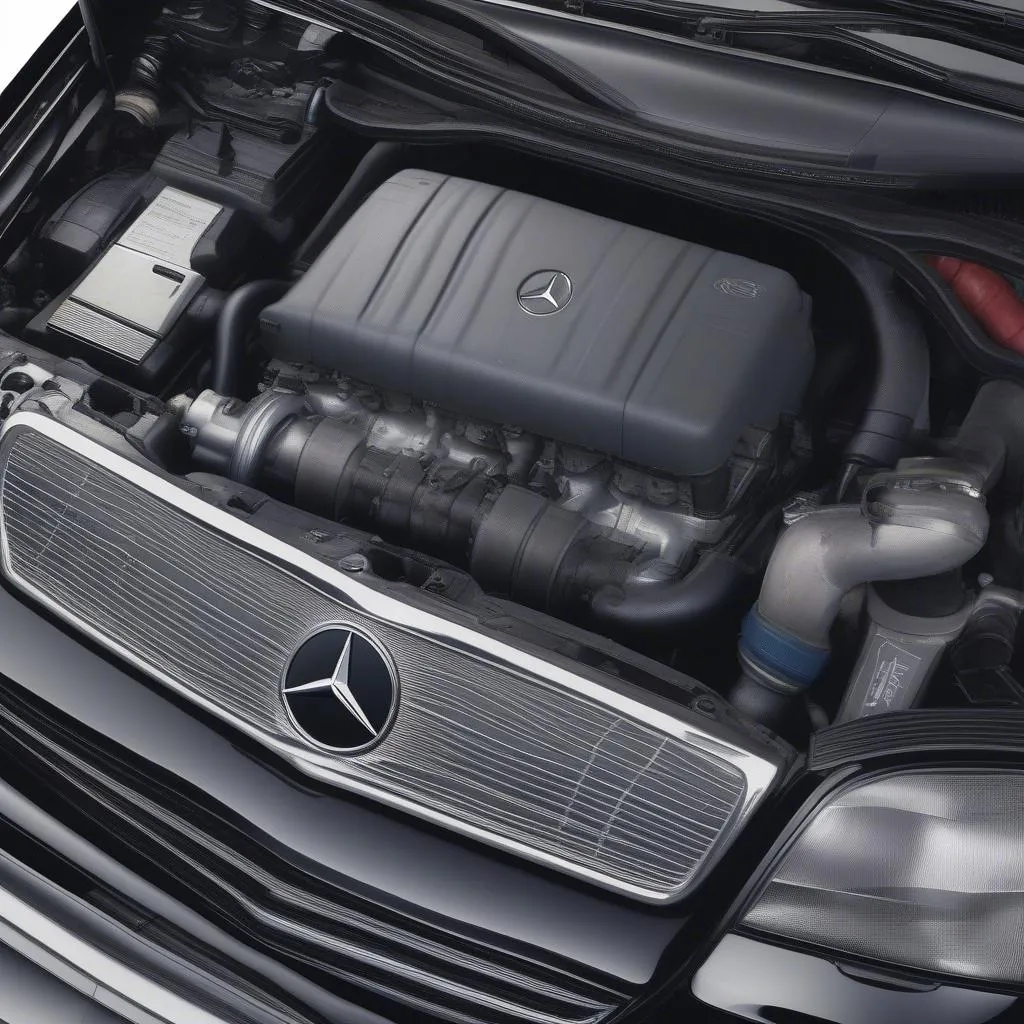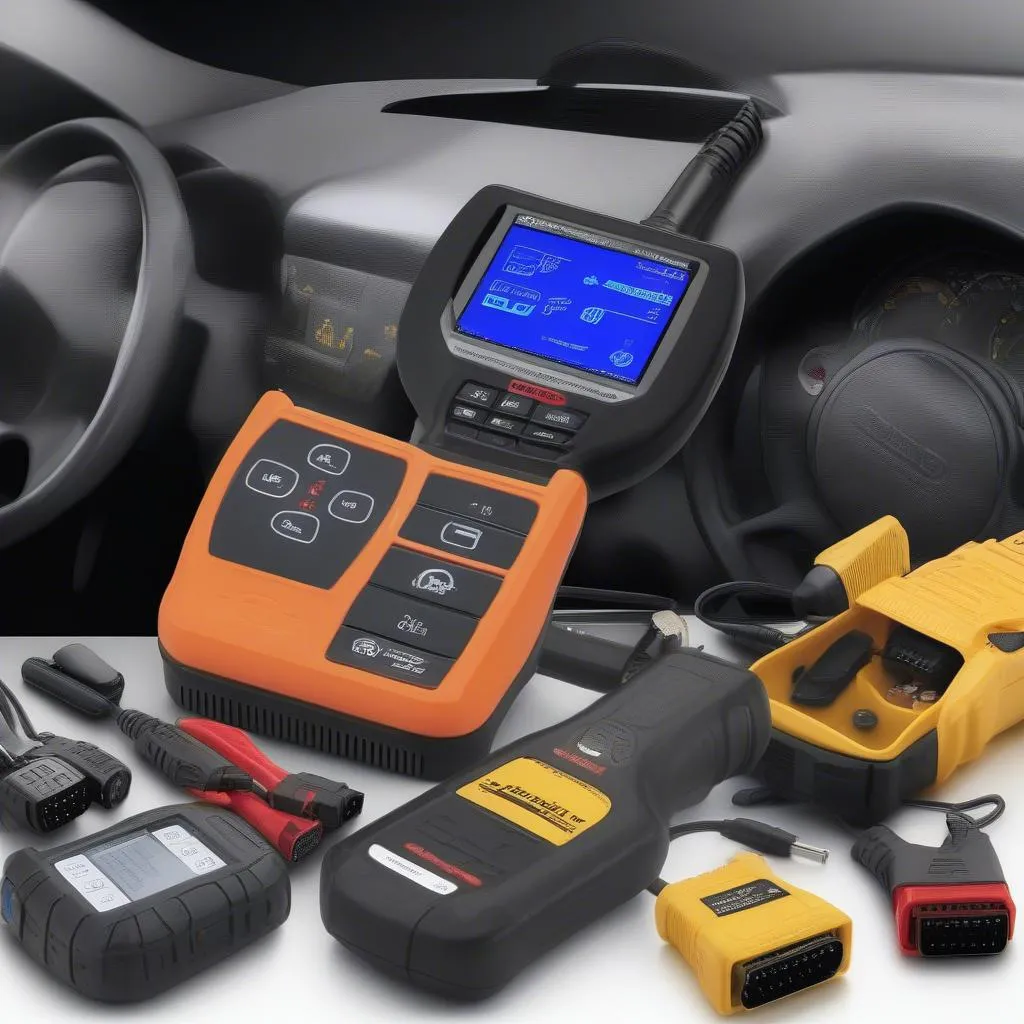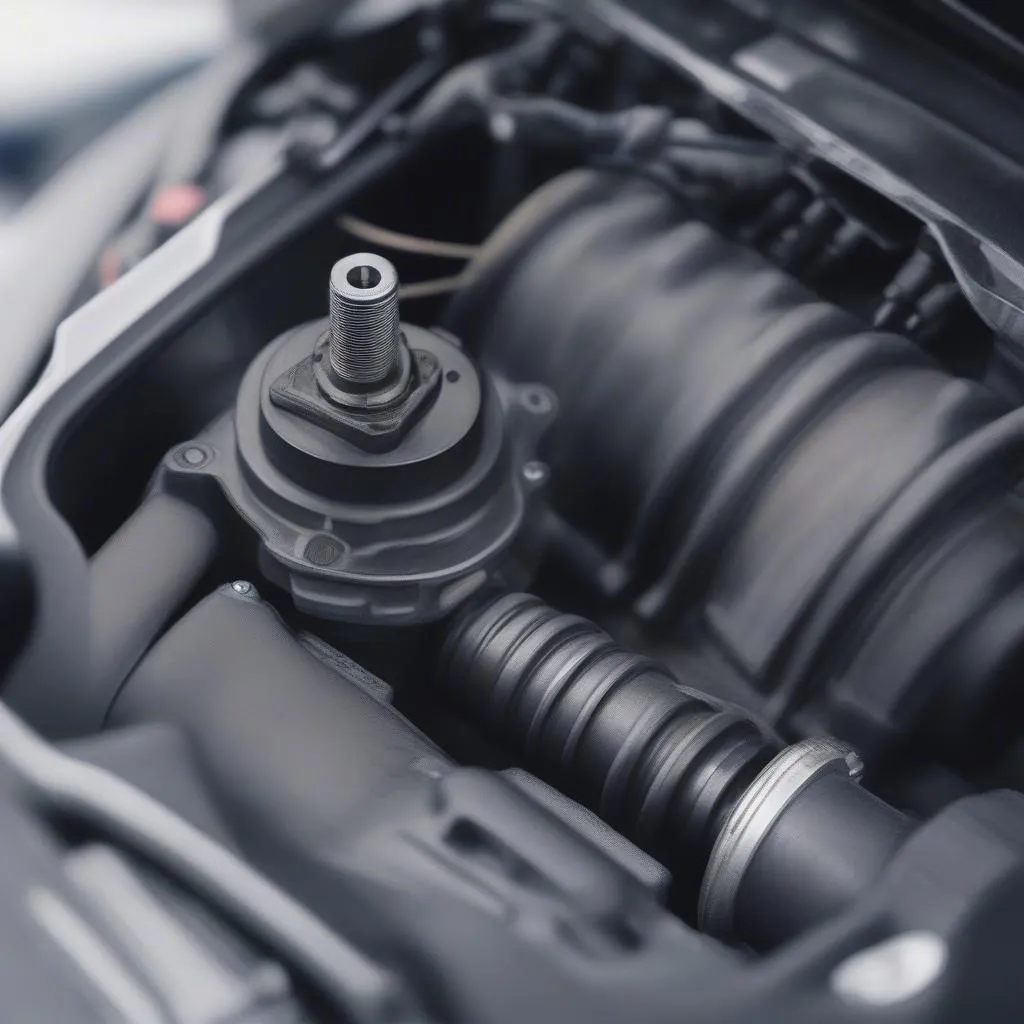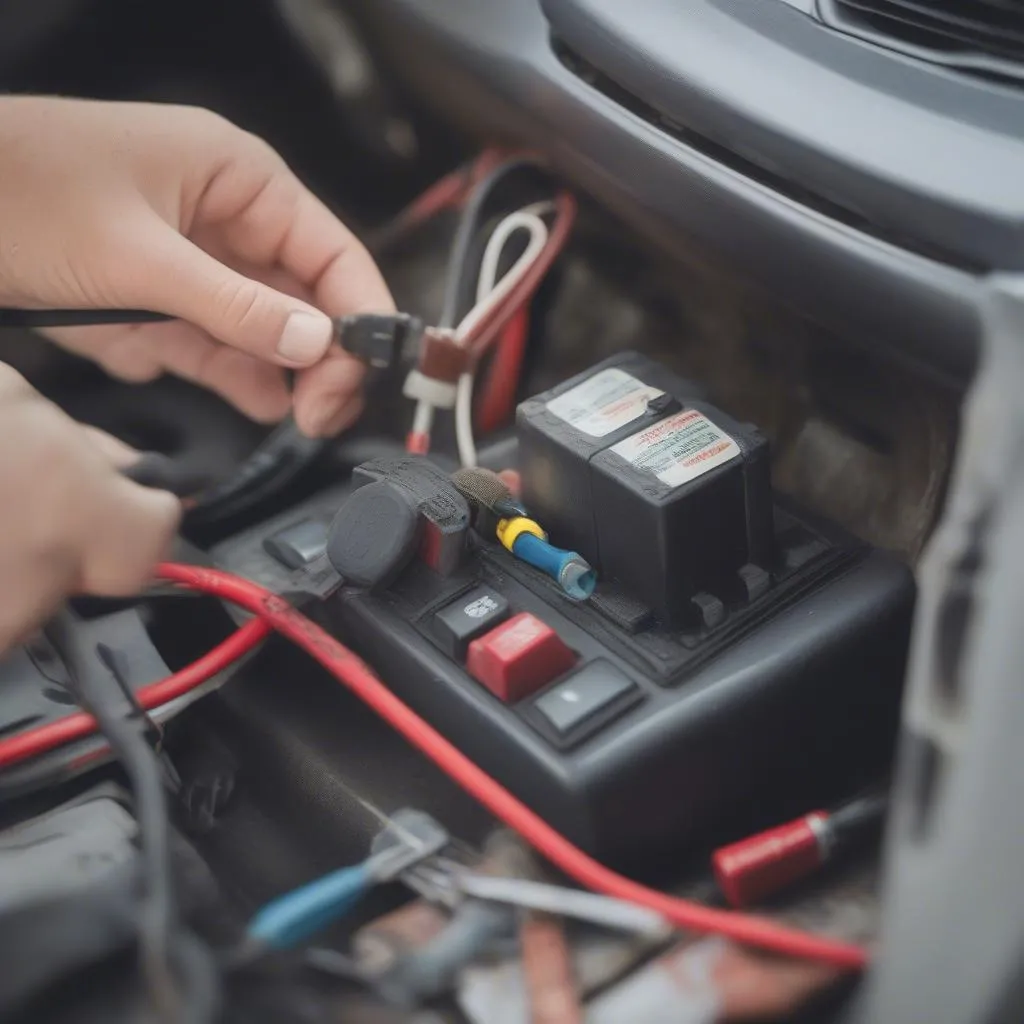Owning a classic Mercedes W202 from 1997 is a joy, but like any car of that age, it can throw up some mechanical mysteries. That’s where a reliable Mercedes W202 1997 scanner tool becomes your best friend. Whether you’re a seasoned DIY mechanic or just starting out, having the right scanner can save you time, money, and a lot of frustration.
Why You Need a Scanner Tool for Your W202
Before we dive into the specifics, let’s answer a fundamental question: Why is a scanner tool crucial for a 1997 Mercedes W202?
Unlike older cars with simpler mechanics, the W202 incorporates electronic control units (ECUs) that manage everything from engine performance to airbag deployment. When a problem arises, these ECUs store diagnostic trouble codes (DTCs) – think of them as your car’s way of telling you what’s wrong. A scanner tool acts as the translator, reading these codes and presenting them in a way that’s understandable.
 Mercedes W202 Engine
Mercedes W202 Engine
Choosing the Right Scanner Tool
Picking the right scanner tool can be daunting, given the plethora of options available. Here’s a breakdown of what to consider:
1. Functionality: Basic vs. Advanced
- Basic Scanners: These entry-level tools, often available for under $100, can read and clear basic engine fault codes. They’re a good starting point for DIYers who want to tackle simple issues.
- Advanced Scanners: For more in-depth diagnostics and access to other systems like ABS, airbags, and transmission, you’ll need a more advanced scanner. These can range from $200 to professional-grade tools costing over $1000.
 Car Diagnostic Scanners
Car Diagnostic Scanners
2. Compatibility: The 38-Pin Connector
The 1997 W202 uses a 38-pin diagnostic connector located under the hood. Make sure the scanner you choose is compatible with this connector type. Some scanners might require an adapter cable.
3. Features: Beyond the Basics
Consider these additional features based on your needs:
- Live Data Streaming: View real-time sensor data, helpful for monitoring engine performance and identifying intermittent issues.
- Bi-Directional Control: This feature allows you to interact with and test various vehicle systems, a valuable tool for experienced mechanics.
- Software Updates: Ensure the scanner you choose offers software updates to stay compatible with future vehicle models and diagnostic protocols.


